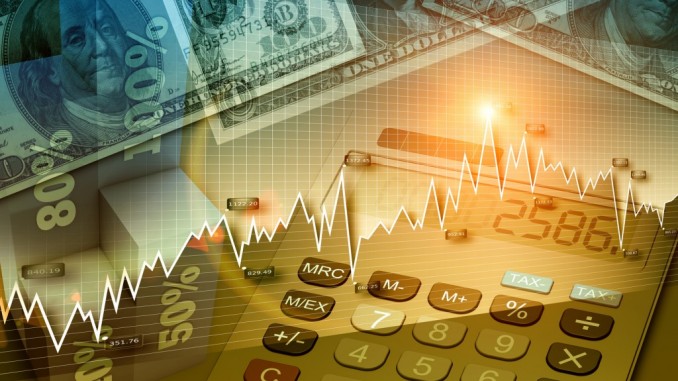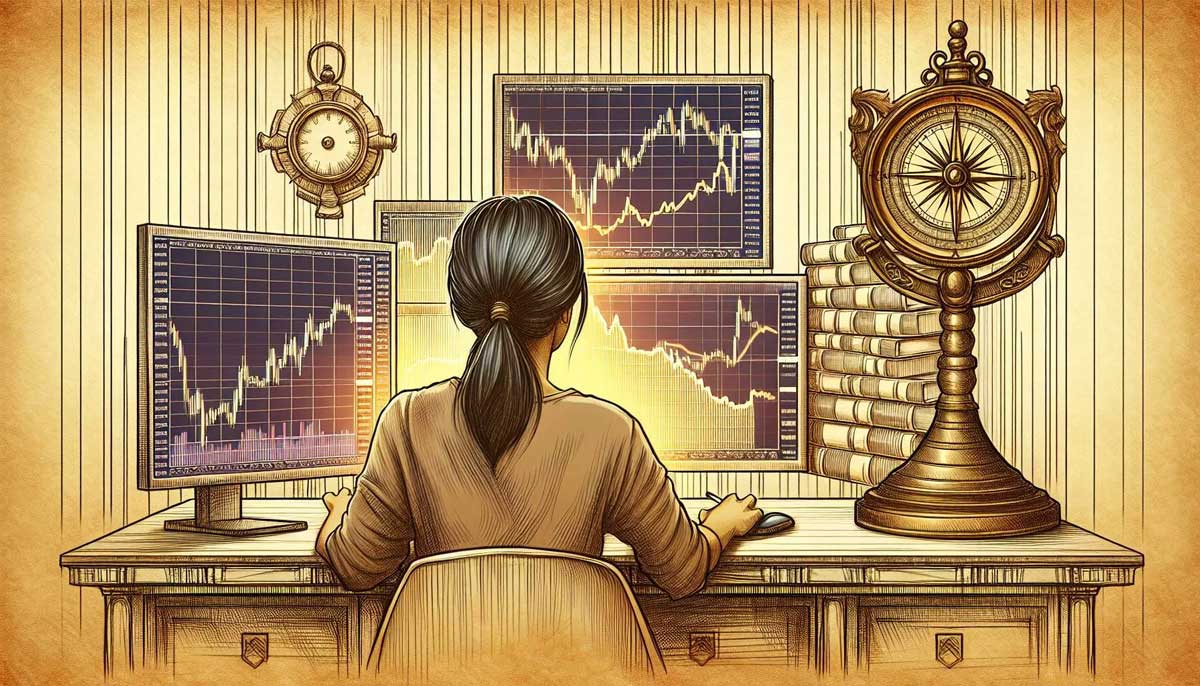The Forex market, also known as the foreign exchange market, is the largest financial market in the world, with a daily trading volume exceeding $6 trillion. It plays a crucial role in the global economy. To better understand this market and its evolution, we need to explore its history. This article delves into the history of the Forex market from its inception to its current state.
The Gold Standard Era
The history of the Forex market dates back to the 19th century when countries began to adopt the gold standard system. Under this system, the value of a country’s currency was directly linked to a specific amount of gold. This standard helped stabilize exchange rates and facilitated international trade. The gold standard worked effectively until the outbreak of World War I in 1914.
Collapse of the Gold Standard
With the onset of World War I, many countries abandoned the gold standard to finance their war efforts. This led to economic instability and a loss of confidence in the gold standard system. During the 1930s, following the Great Depression, several countries attempted to return to the gold standard. However, this system ultimately ended in 1944 with the Bretton Woods Agreement.
The Bretton Woods Agreement
In 1944, representatives from 44 countries met in Bretton Woods, New Hampshire, USA, to establish a new international financial system. The outcome was the Bretton Woods system, which pegged other currencies to the US dollar, with the dollar itself linked to gold at $35 per ounce. This system stabilized exchange rates and facilitated international trade.
Collapse of the Bretton Woods System
In the 1960s, the rising costs of the Vietnam War and welfare programs in the USA led to a decline in America’s gold reserves. This decreased confidence in the US dollar and increased demand for gold. In 1971, US President Richard Nixon announced that the US dollar would no longer be convertible into gold, leading to the collapse of the Bretton Woods system and the introduction of floating exchange rates.

Emergence of the Modern Forex Market
After the Bretton Woods system collapsed, the Forex market evolved into its modern form. Exchange rates were determined by supply and demand, making the Forex market a global and decentralized marketplace. The development of communication and information technologies in the 1980s enabled traders to access the Forex market electronically, increasing trading volume and expanding the market.
The Role of Technology in Forex Market Evolution
In recent decades, technology has played a significant role in the evolution of the Forex market. The internet and online trading platforms have made it possible for traders to access the market 24/5 from anywhere in the world. Additionally, the development of technical and fundamental analysis software, algorithmic trading, and automated trading systems has improved the efficiency and accuracy of trades.
Forex Market Regulations
As trading volumes and the number of traders in the Forex market increased, the need for new regulations and oversight became apparent. Regulatory bodies such as the Commodity Futures Trading Commission (CFTC) in the USA and the Financial Conduct Authority (FCA) in the UK have established rules to protect investors and ensure market transparency. These regulations help reduce fraud and abuse in the market, enhancing public trust in the Forex market.
The Current State of the Forex Market
Today, the Forex market is recognized as the largest and most dynamic financial market in the world. It operates 24 hours a day, five days a week, with traders from around the globe buying and selling currencies. Central banks, commercial banks, financial institutions, multinational corporations, and individual traders all participate actively in this market. With high trading volumes, significant liquidity, and endless opportunities for profit, the Forex market has become one of the most popular financial markets.
Conclusion
The Forex market has undergone significant transformations since the inception of the gold standard to its current state. From ancient financial systems like the gold standard and Bretton Woods to the creation of the modern Forex market and the influence of technology on its evolution, all these factors have contributed to the market’s development. Today, the Forex market stands as one of the most important and vibrant financial markets globally, offering unparalleled opportunities for traders. Understanding the history and evolution of this market helps traders better leverage the opportunities and navigate the challenges present in the Forex market.

Leave a Reply